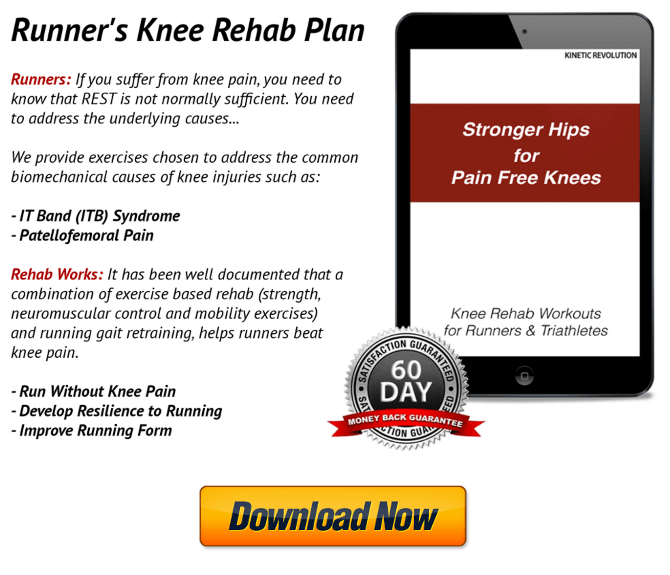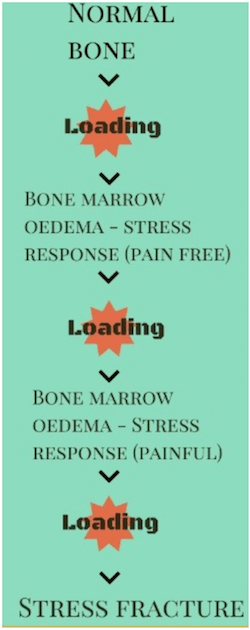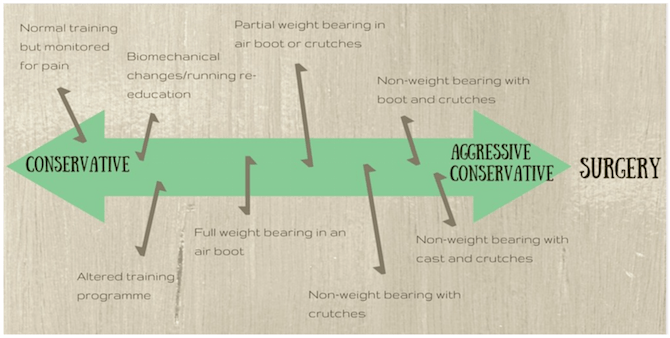I just finished reading Louie Simmons’ new book, Special Strength Development For All Sports. I don’t know if there is a person that has influenced strength training in the United States more than Louie Simmons. He has created some of the strongest powerlifters of all time at his Westside Barbell gym, in Columbus, OH, and has worked with athletes in a variety of different sports along the way. His training system, which he refers to as Conjugate training, and methods have been heavily influenced by many of the Russian sports scientists and the work he did with the late Mel Siff. While Louie is quick to give these people credit for their concepts and ideas, which have shaped his methodology, his approach to training is truly unique and there probably isn’t a strength coach in the USA who, at one point in time, hasn’t tried “Westside Training”.
Certainly, this methodology of training is something that has influenced me when I first started reading about it back around 2002. If I had to describe the three methodologies that have influenced my training approach the most over the years I would say:
- Undulating Periodization – The work by Kraemer & Fleck as well as a lot of the research that has been published
- Charlie Francis – The concepts of High-Low and Vertical Integration
- Westside Barbell/Louie Simmons
These three approaches have been instrumental in how I think about training and how I set up a training program based on what things we look to focus on in each block/phase of training, which then determines how we distribute the volume of work. These three approaches were the backbone of the training programs that Keith and I wrote when working with the athletes during my time at Nike.
Louie’s new book is a deviation from the books and DVDs he has previously put out, which are more focused on improving strength for the sport of powerlifting. While Louie has provided a vast amount of information on the web (for free, mind you) and has discussed using his methods for other sports, I think this may be the first time he has ever collected his thoughts on the topic in one single manual.
The manual begins by covering the concepts that shape the Westside Barbell approach to training. It goes over the methods of strength training, which Louie learned from Zatsiorsky’s work, and some of the approaches to strength development that most people have heard Louie talk about over the years.
The book then goes into a broad range of topics, discussing everything from the role of strength in sport to training methods for improving fitness qualities for different sports (Endurance sports, Olympic weightlifting, Team Sports, Combat sports, etc) to recovery and regeneration techniques.
One of the nice things about the book is that, while Louie is a powerlifting coach, he takes the time to discuss how these methods can be translated to other sports. I think a misconception that people have is that you have to train exactly as he advocates powerlifters to train. Louie discusses different methods of training and, particularly, incorporating plyometric activities into training, which could be thought of as a component of the “Dynamic Effort” method. Louie also explains strength-speed and speed-strength and makes recommendations of bar speed and intensities to appropriately develop these qualities. Additionally, Louie spends considerable amounts of time discussing the role and importance of General Physical Preparedness and provides a variety of training approaches to improve this quality.
Some key things Louie discussed were:
- The importance of general fitness and how to develop it for athletes in different sports.
- An approach to programming and periodization that encompasses training multiple qualities but having a key focus/emphasis in specific blocks. Team sport athletes need to have multiple qualities trained at a high level to have success and it can be difficult for some people to understand how to set up training phases without just trying to improve everything all at one time. Louie does a great job addressing this and talking about the various programming approaches using a three week wave.
- The idea that you don’t need to max out each week. I am glad Louie touched on this, as I think it is something that people believe when they think about Westside Barbell training. The max effort day(s) within the Westside system are very important for increasing strength and motor unit recruitment; however, this doesn’t need to be forced each week. I believe this is important for team sport athletes, especially, as the rigors and intensity of training can be incredibly taxing on the body and trying to force a max effort lift each week could be detrimental to performance.
- The volume of strength training. Strength coaches tend to prioritize the work they do in the gym to the detriment, oftentimes, of other things, such as fitness training, jumping/plyometrics, sprinting, etc. It was interesting to see Louie discuss the volume of strength training and share some of the volumes of strength training for athletes in different sport in countries like Russia. Louie is big on matching the appropriate training volume with the training intensity and draws heavily on A.S. Prilipen’s table for this. Louie mentions that, during a max effort session, you really only need to try and take 3 lifts above 90%. That is a very small amount of volume than what most strength coaches prescribe. As mentioned above, I think strength coaches tend to over prescribe a lot of their resistance training work and not pay attention to the actual volume that is being accrued over the training block. The idea that we want to do enough to force that adaptation we seek without going overboard is something to keep in mind. Finding the optimal amount of training is critical to allowing the athlete to continually train at a high level.
- Supplemental and Accessory Exercises. Louie is big on using your accessory exercises and supplemental work to develop any weaknesses you may have. I think sometimes people think of this type of work as “optional”, as they put all their emphasis on the main/core lifts, but it serves a key purposes and Louie really drives this point home. Additionally, this type of work may be in a non-traditional form, for example, following your box squat, your main lift for the day, you may go and perform sled dragging in different directions as your accessory activity. This is very non-traditional compared to what most people would do, which would be just do a bunch of different exercises, but is highly useful for an athlete that has to run, cut, and change direction in their sport. A lot of your exercise selection here may also come down to the time of the season (offseason, pre-season, inseason) in terms of what exercises you select.
Over the years, Louie has been incredibly generous sharing his ideas and concepts with the strength and conditioning community. The blog on his current website even contains videos of training sessions that take place each week at Westside Barbell, posted to his youtube channel. Louie’s commitment to give back to the strength and conditioning profession has been second to none and his new book Special Strength Development For All Sports, is a wonderful resource for strength coaches looking to understand how his approach to training the strongest powerlifters in the world can be applied to developing athletes in other sports.
from Optimum Sports Performance LLC http://optimumsportsperformance.com/blog/book-review-special-strength-development-for-all-sports-by-louie-simmons/




